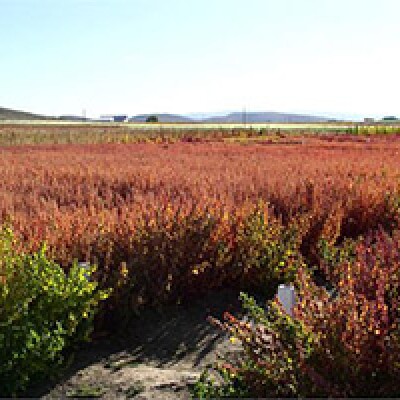Canahua or Kañiwa (Chenopodium pallidicaule)



Canahua is a nutritionally important annual crop with regional importance in Bolivia and Peru. It is an annual diploid (2n = 2x = 18) species of the large, but poorly studied, Amaranthaceae family, subfamily Chenopodioideae. Current cultivation of canahua occurs in two major centers in the general proximity of Lake Titicaca on the northern Altiplano, namely in the departments of La Paz, Bolivia and Puno, Peru, although minor cultivation extends into the Bolivian departments of Oruro, Cochabamba, and Potosi, as well as scattered valleys in the Peruvian Andes. Canahua is uniquely adapted to the harsh climatic conditions that characterize much of the Andean Altiplano, including extreme elevations ( 4,000 m.a.s.l), frequent frosts and hail, and arid-saline soils (rain fall between 500 and 600 mm; pH 4.8). The Altiplano region has approximately three million inhabitants, most of whom are subsistence farmers, reinforcing canahua’s importance as a regional food security crop. The percent protein content of the canahua seed ranges from 14 to 19%, with a superior balance of essential amino acids—rivaling that of soybean. Moreover, canahua flour is high in dietary fiber, lignin, and high antioxidant activity in the phenolic components analyzed, as well as iron and calcium.
Canahua Research Publications
Mangelson HH, Jarvis DE, Mollinedo P, Rollano-Penaloza OM, Palma-Encinas VD, Gomez-Pando LR, Jellen EN, Maughan PJ (2019) The Genome of Cañahua (Amaranthaceae): An Emerging Andean Super Grain. Applications in Plant Sciences 7(11):1-12.
Vargas A, Elzinga DB, Rojas-Beltran JA, Bonifacio A, Geary B, Stevens MR, Jellen EN, Maughan PJ (2011) Development and use of microsatellite markers for genetic diversity analysis of cañahua (Chenopodium pallidicaule Aellen). Genet. Resour. Crop Evol. 58:727-739